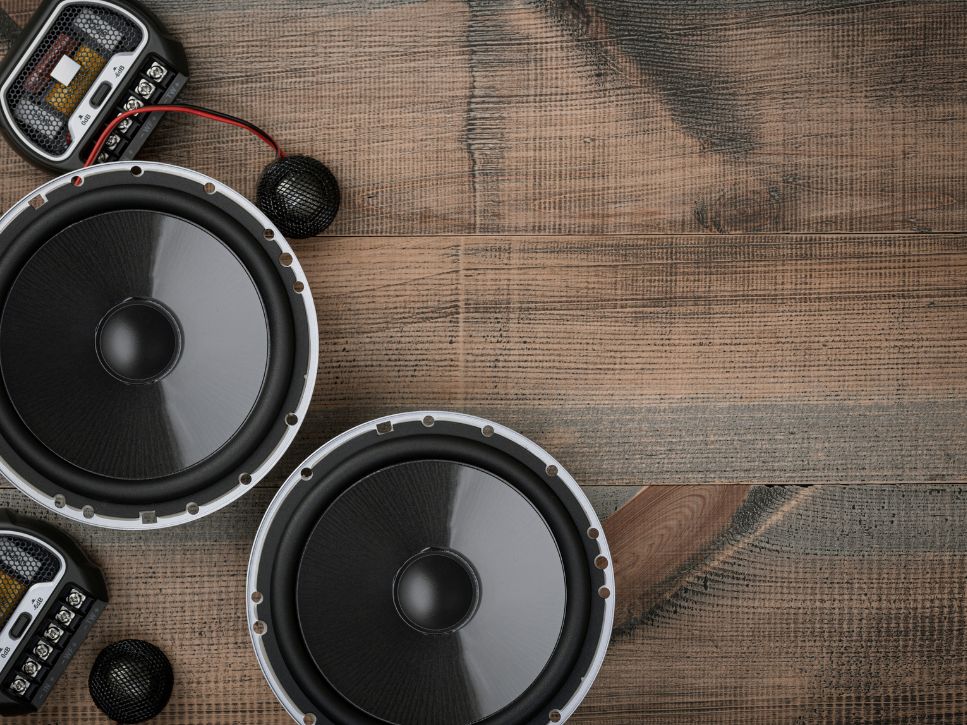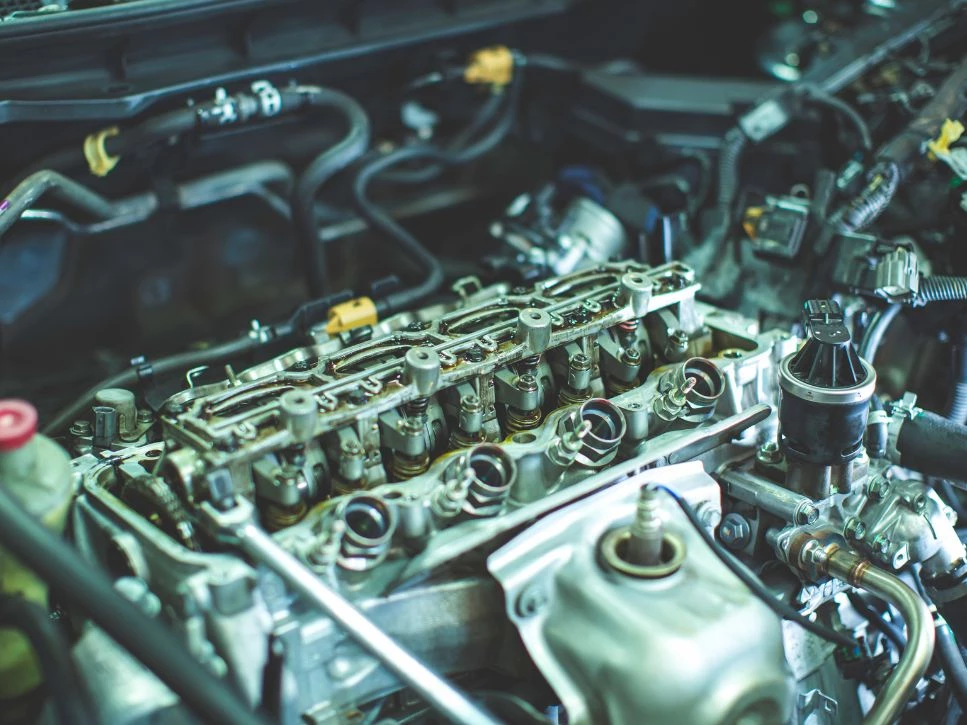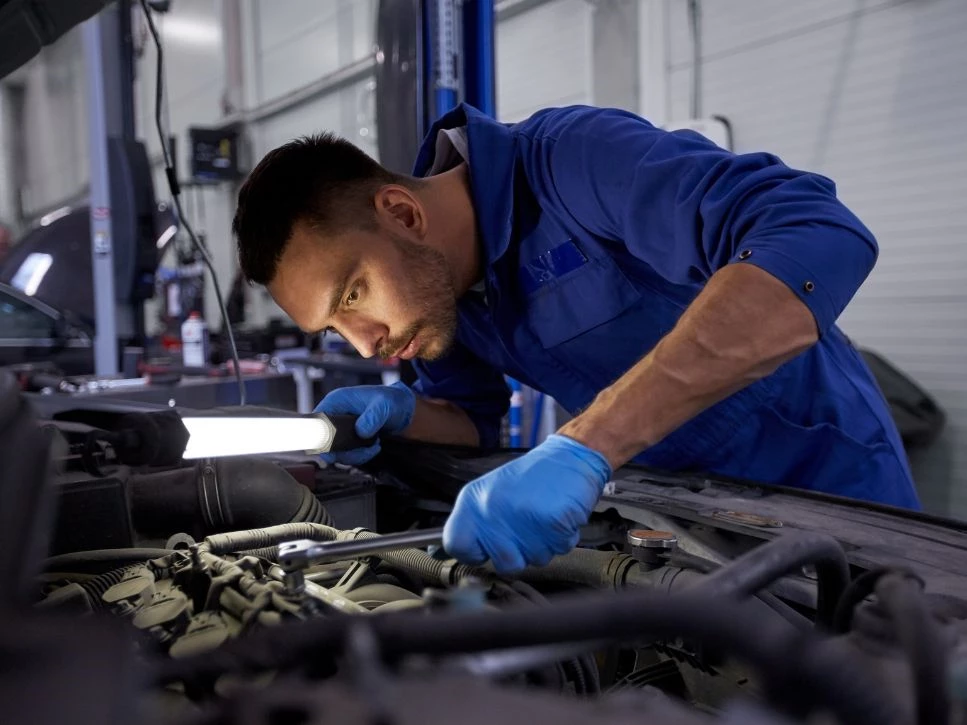
Are you tired of listening to the same old mediocre sound system in your car? Do you want to enhance your driving experience with high-quality audio? Look no further! Upgrading your car’s audio system with an amplifier is a great way to take your music and entertainment on the road to the next level. In this step-by-step guide, we will show you how you can eaYou can easily set up an amp in your car and improve the sound quality of your car’s audio. So, buckle up and get ready for a ride filled with tips and tricks that will transform your daily commute into a concert-like experience!
What is the first thing to upgrade car audio?
The first thing to consider when upgrading your car’s audio system is the head unit. This is the main control center of your car’s sound system, and it determines the quality of the audio output. Upgrading to a high-quality head unit will improve clarity, reduce distortion and provide better sound separation.
Once you have upgraded your head unit, you can move onto speakers. After all, what good is a great head unit if you have low-quality speakers? Consider investing in high-quality coaxial or component systems that deliver crisp highs and deep bass tones.
Another factor that affects the overall sound quality of your car’s audio system is wiring. Opt for thick gauge wiring with gold-plated connectors as they offer lower resistance and produce cleaner sounds.
Adding an amplifier to your setup can make a significant difference in boosting power and enhancing sound quality. With more power available from an amplifier, you’ll be able to achieve clearer vocals at higher volumes without any distortion.
👉Understanding RMS Power Ratings in Car Amplifiers. What You Need to Know
By focusing on these key components - head units, speakers, wiring & amplifiers - you can upgrade your car’s audio system piece by piece until it meets all of your expectations!
How to set up an amp in your car?
Setting up an amp in your car can seem like a daunting task, but it is not as complicated as you might think. The first step is choosing the right amplifier for your car’s audio system. Make sure to select one that matches the power requirements of your speakers and head unit.
Next, determine where you want to mount the amplifier in your car. It should be installed in a dry and cool location, away from any direct sunlight or moisture. You may need to remove some interior panels or trim pieces to access a suitable spot.
Once you have chosen the location for your amp, run all necessary wiring from the battery through the firewall into the cabin of your vehicle. Connect positive and negative wires directly to the battery terminals with appropriate fuses placed close by.
Then connect RCA cables from head unit outputs on backside towards input jack on amplifiers with correct polarity ensured by matching colors at both ends. Finally complete grounding connection using short wire between chassis ground point around amplifier area and metal case surface around 2-3’’ length bare end screwed tightly inside mounting area metal screw hole or clamp it securely under existing bolted hardware in vicinity nearby.
Steps to upgrade your car audio system

Check so basic steps to consider when upgrading your car audio system.
1. Assess your needs
Determine what specific improvements you want to achieve with the amplifier upgrade. Whether it’s enhanced bass, improved clarity, or increased overall volume, having a clear goal will help guide your decisions.
2. Choose the right amplifier
Select an amplifier that matches your audio system’s requirements and power needs. Consider factors such as power output, number of channels, and compatibility with your existing components.
3. Gather the necessary equipment
Besides the amplifier, you may need additional items like an amp wiring kit, RCA cables, speaker wire, and connectors. Ensure you have all the necessary tools for installation as well.
4. Plan the installation
Decide on the amplifier’s location in your vehicle. Consider factors like available space, ventilation, and accessibility for wiring. Take measurements and plan the routing of cables to avoid interference and ensure a clean installation.
5. Disconnect the battery
Before starting the installation, disconnect the negative terminal of your vehicle’s battery to prevent any electrical mishaps during the process.
6. Install the amplifier
Follow the manufacturer’s instructions to mount the amplifier securely in the chosen location. Use appropriate mounting hardware and ensure proper ventilation to prevent overheating.
7. Connect the power wiring
Run the power cable from the battery to the amplifier’s location, ensuring it is properly protected and secured. Connect the power cable to the amplifier’s power input terminal, adhering to the correct polarity.
8. Connect the ground wiring
Find a suitable grounding point near the amplifier, ensuring it makes a solid connection with bare metal. Clean the grounding point and securely fasten the ground cable to it.
9. Wire the audio inputs
Connect the RCA cables from the head unit or audio source to the amplifier’s RCA inputs. Use high-quality cables and ensure a secure connection to minimize noise and interference.
10. Connect the speaker wires
Run speaker wires from the amplifier to each speaker in your vehicle. Ensure proper polarity and secure connections at both ends to maintain audio quality.
11. Secure and tidy up the wiring
Bundle and secure all the wiring using zip ties or wire loom to prevent them from interfering with other components or moving parts. Tuck away any excess wiring to maintain a clean and organized installation.
12. Reconnect the battery
Oce the wiring is complete and everything is secured, reconnect the negative terminal of the vehicle’s battery.
13. Test and fine-tune
Turn on your audio system and test the amplifier. Adjust the amplifier settings and use any built-in crossovers or equalizers to fine-tune the sound to your liking.
14. Enjoy your upgraded audio system
Sit back, relax, and enjoy the improved audio quality and enhanced listening experience in your car.






